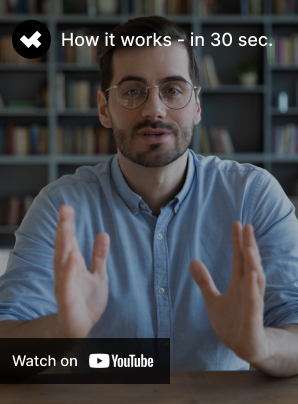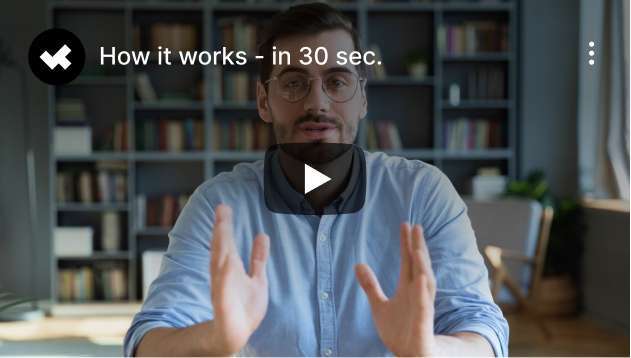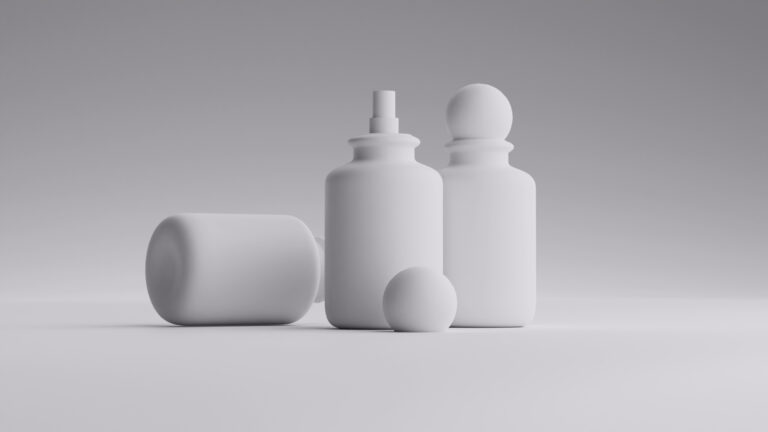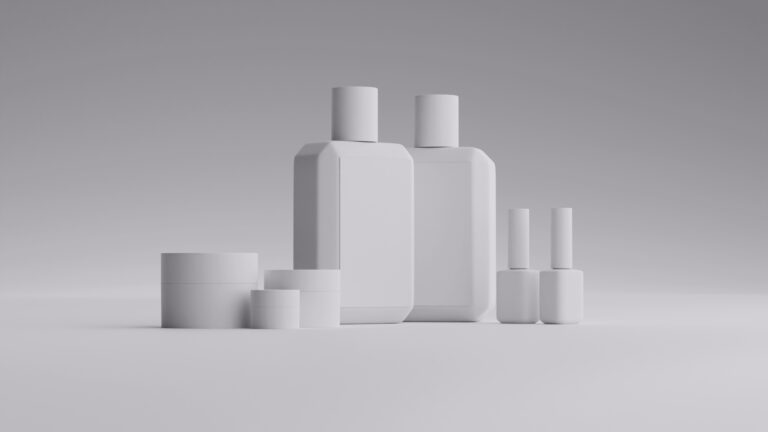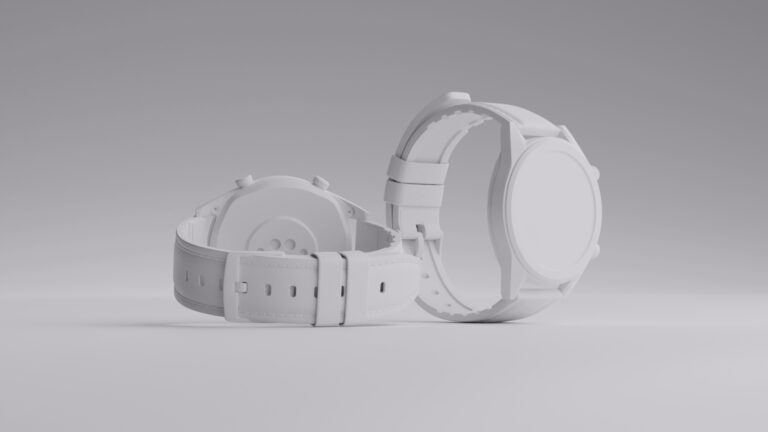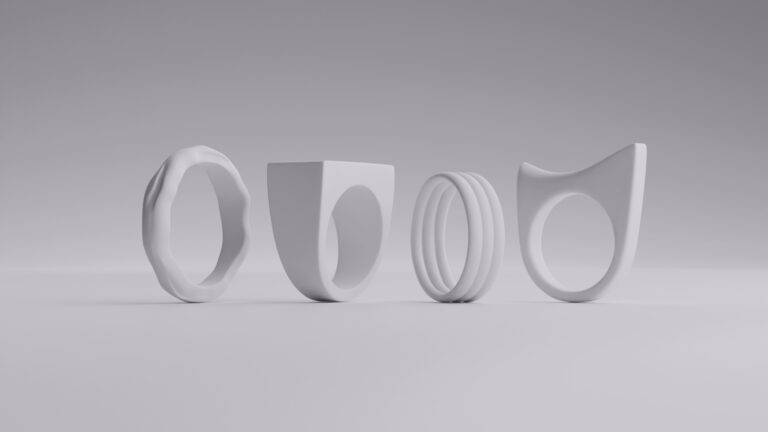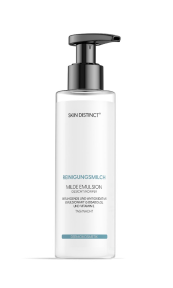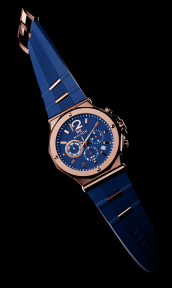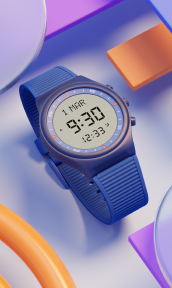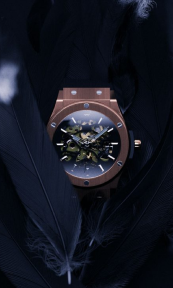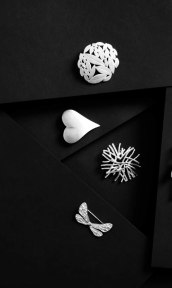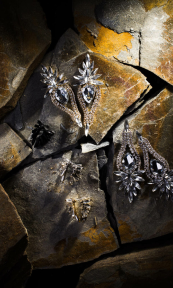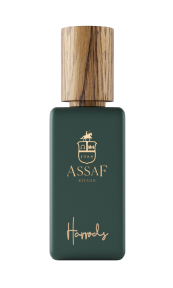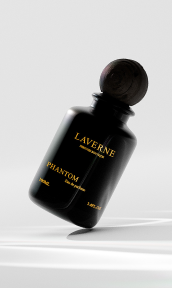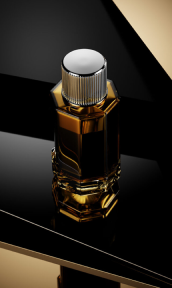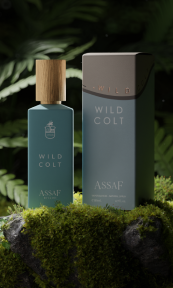It takes less than a second for someone to decide if they like what they see. That’s how fast shoppers move. And in that blink of an eye, static images can only go so far. They’re neat, sure. But product animation? That’s a whole different story. It grabs attention, keeps it, and guides it straight to the “Buy Now” button.
Let’s get one thing straight: we’re not talking about flashy gimmicks. We’re talking smart, polished, story-driven visuals that show your product in motion. That bring it to life.
And that help your customer understand what they’re getting—how it works, what it solves, and why it’s better than the rest. From 3D spin-arounds to animated product videos with attitude, animation is where connection happens, and that’s the start of your e-commerce business success.
Why animation matters in e-commerce

You’ve got a few seconds to win someone over. Animation stretches those seconds into something meaningful—something that educates, builds trust, and nudges the viewer to act.
One reason animation works is that our brains love motion. Studies show that visual information is processed 60,000 times faster than text. And when that visual moves? Retention goes up significantly.
People remember 80% of what they see and do—versus just 20% of what they read. That’s why animated product videos outperform static visuals every time. They stay with your audience longer, and they drive results.
Animation also simplifies the complex. Let’s say your product has moving parts, hidden benefits, or a unique process. A well-crafted e-commerce animation can explain it all in under 30 seconds—way faster than scrolling through a feature list.
Think about it like this: when customers understand your product, they’re more likely to trust it. And trust leads to clicks, carts, and conversions.
And don’t overlook emotion. Animated product videos aren’t just technical; they’re storytelling tools. They evoke mood, guide the customer journey, and add a layer of brand personality. A simple 3D product animation with the right music and pacing can turn curiosity into loyalty.
In short? Product animation does three big things for customer engagement: it boosts understanding, improves memory retention, and increases conversion rates. If your goal is to build trust and sell more, animation is an absolute must.
Types of product animation that drive results

There’s more than one way to bring a product to life. Let’s dig into the seven most effective types of product animation used in e-commerce—and what makes each one so powerful.
1. 3D product demonstrations
You know that feeling when you want to pick up a product, turn it over in your hands, and really examine it? 3D product animations get you as close to that experience as a screen allows.
They spin, zoom, and glide across the product’s surface to show every contour, every groove, and every detail.
Let’s say you’re selling a high-end kitchen blender. A 3D demo can showcase its stainless steel blades slicing through frozen fruit, the smooth dial spinning from low to turbo, and even the rubberized feet gripping the countertop—no shaking, no slipping. That’s the kind of animation that doesn’t just show the product. It proves its value.
Customers feel more confident when they can explore what they’re buying. In fact, studies reported a 30% increase in purchase intent after consumers interacted with 3D models. The longer they stay, the more they trust. The more they trust, the more they buy.

2. Interactive product visualizations
This is where things get tactile—without touching a thing. Interactive animations invite your customer to play. They can twist, click, flip, zoom, and personalize what they see on the screen. It’s not just passive viewing—it’s digital window shopping on steroids.
Picture this: a customizable smartwatch. Your animation lets users toggle between strap colors, try different digital faces, and spin the watch around to peek at the heart-rate sensor underneath. It’s engaging, addictive, and gives your customer a sense of ownership before they even check out.
When shoppers can click, drag, and explore a product for themselves, they tend to stick around longer. That extra time builds curiosity, creates a sense of control, and deepens the emotional connection between buyer and brand. It turns browsing into a personal experience—and that’s what keeps them coming back.
3. Explainer animations
Some products need a little context. They’re not instantly intuitive. That’s where explainer animations shine. These short, snappy videos guide the viewer step-by-step through what a product does, how it works, and why it matters—often with voiceover, motion graphics, and playful storytelling.
Imagine you’re launching a new smart home thermostat. An explainer animation can walk your customer through the app interface, show how the device learns temperature preferences, and demonstrate how much money it saves over a year—all in under a minute.
That kind of clarity pays off. A recent survey found that landing pages with animated explainers see a 20% boost in conversions. Why? Because they remove hesitation. No confusion, no doubts—just straight-up answers in motion.

4. Lifestyle animation scenes
Let’s be honest: people don’t just want things. They want a vibe. Lifestyle animations deliver that vibe in full color. Instead of showing your product on a white background, you place it in a scene—a stylish home, a mountain trail, a bustling café—and let it live there.
Think of a designer coffee machine. You animate it steaming on a Sunday morning kitchen counter, surrounded by sunlight and houseplants. Or a pair of noise-canceling headphones, worn by a woman meditating on a rooftop at sunset. These stories sell a feeling—peace, luxury, joy—and that emotion creates desire.
When customers see your product in action—living in a space that feels real and relatable—it just clicks. They don’t have to imagine how it fits into their life… they see it. And when a product feels like it belongs, it’s a whole lot more likely to end up in the cart.
5. Animated infographics and overlays
Not all buyers want fluff. Some are data nerds. And that’s where animated overlays and infographics come in handy. Instead of overwhelming viewers with walls of text or long spec sheets, you layer in visual cues: arrows, icons, zoom-ins, or floating callouts that explain key features on the go.
Say you’re selling a high-performance running shoe. The animation can show the breathable mesh expanding with airflow, highlight the spring-loaded heel, and animate the grip pattern on the sole—all while floating feature tags pop in and out. That’s the kind of visual storytelling that educates without ever slowing the scroll.
It’s snackable, visual, and easy to digest. Motion graphics like these help reduce bounce rates by keeping the eye moving and the brain engaged.
6. Assembly or how-to animations
No one likes a confusing instruction manual. Enter: animation. Step-by-step assembly videos or how-to animations are a game-changer, especially for products that require a little DIY on the customer’s end.
Selling a standing desk? Don’t just list the 13 pieces and hope for the best. Animate it! Show the screws sliding into place, the frame snapping together, the desktop rising smoothly with the touch of a button. Not only does this reduce setup frustration (and returns), but it builds trust that you thought ahead for the user.
Brands using animated how-tos often see fewer support tickets and a bump in positive reviews. Why? Because good onboarding feels like good service—and your customers notice.
7. Teaser or reveal animations
Last but not least—don’t underestimate the power of suspense. Teaser animations are short, punchy clips used to launch a product, reveal a new feature, or build anticipation before a release. They don’t show everything… just enough to spark curiosity and shareability.
Launching a limited-edition sneaker? Use moody CGI to show just the silhouette—maybe a zipper unzipping, a glow from beneath, a quick flash of the sole—and then cut to black. Add a launch date. Done.
These bite-sized animations are perfect for social media, email campaigns, and product drops. They create buzz, drive traffic, and help turn a passive audience into excited, clicking fans.
Why CGI makes all the difference

CGI—short for computer-generated imagery—is the secret sauce behind stunning product animation. It’s what gives your visuals that crisp, polished, can’t-stop-watching quality. But beyond the sparkle, CGI brings some real muscle to the table. If you’re in e-commerce and want to stand out, these are the reasons CGI should be your go-to tool for product animation.
Hyper-realistic detail that sells
CGI gives you the kind of detail no photo ever could. We’re talking clean textures, perfect lighting, true-to-life shadows, and smooth-as-butter motion. You can showcase your product from every angle—inside and out—without needing a studio, models, or even a finished prototype.
Selling a luxury watch? You can zoom in on the brushed steel, animate the ticking hands, and even catch the light glinting off the sapphire crystal. Got a tech gadget? Show the internal components coming together like magic. This level of clarity doesn’t just look impressive—it tells the customer, “We know what we’re doing.”
When a product looks this good, it builds trust. Customers feel confident in what they’re seeing, and that makes them more likely to follow through with a purchase.
One model, endless possibilities
Here’s where CGI really earns its keep: once your product is digitally created, you can reuse it again and again. Different colors, different backgrounds, different textures. The only limit is your imagination.
This flexibility is a dream for brands with multiple SKUs or seasonal campaigns. You can roll out entire collections, change styles for different markets, or refresh your visuals without reshooting a thing. CGI is scalable, customizable, and saves you time (and budget) in the long run.
Many brands that switched to CGI found they could speed up their marketing cycles and reduce production costs, all while leveling up the look of their ads and site visuals.
Visual storytelling with no limits
This is where things get fun. With CGI, you’re not bound by the laws of physics—or the limitations of a camera. You can fly through your product, explode it mid-air to show the parts inside, or shrink the viewer down to inspect tiny textures up close.
Want to animate your sneaker mid-leap across a neon-lit cityscape? Done. Want your blender to blend midair with floating fruit orbiting like planets? Absolutely. CGI lets you dream big and tell stories that feel bold, exciting, and totally unique to your brand.
These kinds of visual narratives are what turn a product video into something memorable. They build brand identity, spark emotion, and keep your audience watching all the way to the end.
Ready for every platform
From Instagram Reels to Amazon listings, CGI visuals are made for modern marketing. They’re high-res, optimized, and easy to format across different channels. Need a vertical teaser for TikTok, a looping gif for email, or a sleek carousel for your site? That same CGI model can be adapted in minutes.
Plus, CGI content is future-proof. As more e-commerce platforms lean into AR and VR, those same models can be used for virtual try-ons, showroom previews, or interactive product experiences. You’re not just investing in visuals for now—you’re prepping for where e-commerce is headed next.
Wrapping up
Product animation is no longer a nice-to-have. It’s a make-or-break factor in customer engagement—and a secret weapon for brands who want to stand out in a saturated e-commerce space.
From simple spin-arounds to full CGI explainers, animated product videos increase conversion rates, educate your buyers, and turn casual browsers into loyal fans. They tell better stories. They build trust. And they keep customers coming back for more.
At Welpix, we live and breathe animation techniques that work. If you’re ready to elevate your visual storytelling and give your e-commerce platform a serious upgrade, you know where to find us.
FAQ
How does product animation improve customer engagement?
It captures attention quickly, explains features clearly, and builds trust through visual storytelling. This helps reduce bounce rates and boosts time spent on site.
What kinds of products benefit most from animation?
Complex, customizable, or innovative products see the biggest wins—think tech gadgets, furniture, beauty tools, or health devices.
Is 3D product animation better than photography?
For e-commerce, absolutely. 3D animation offers more angles, movement, and interactivity—without the limitations of a traditional photoshoot.
How can animation increase conversion rates?
It improves understanding, reduces customer doubt, and adds emotional appeal. All of which help nudge shoppers toward a purchase.
Do I need CGI or can I just use video?
You can use both—but CGI gives you more control, flexibility, and scalability. It’s ideal for visual consistency, fast updates, and showcasing multiple product variants.






